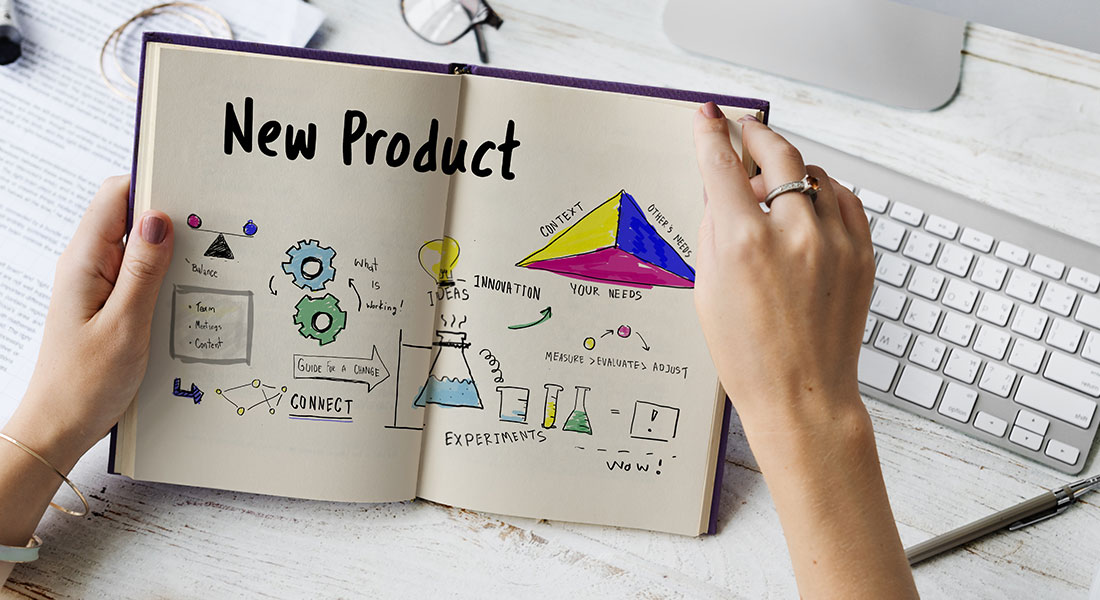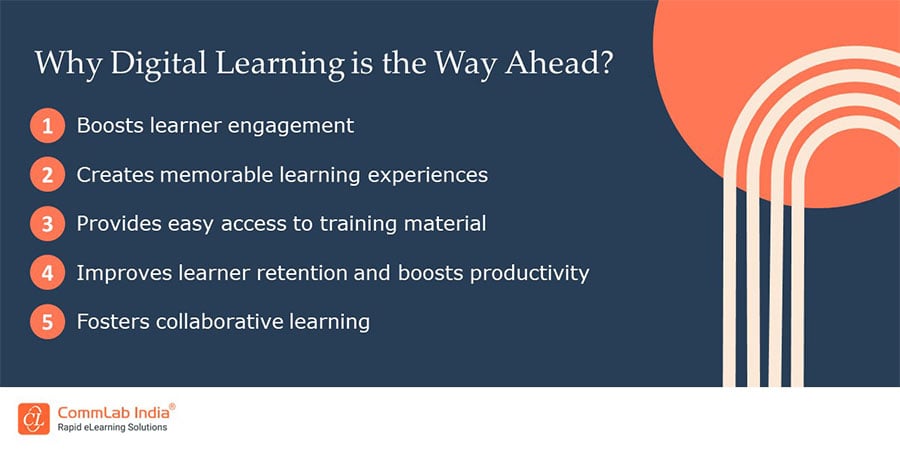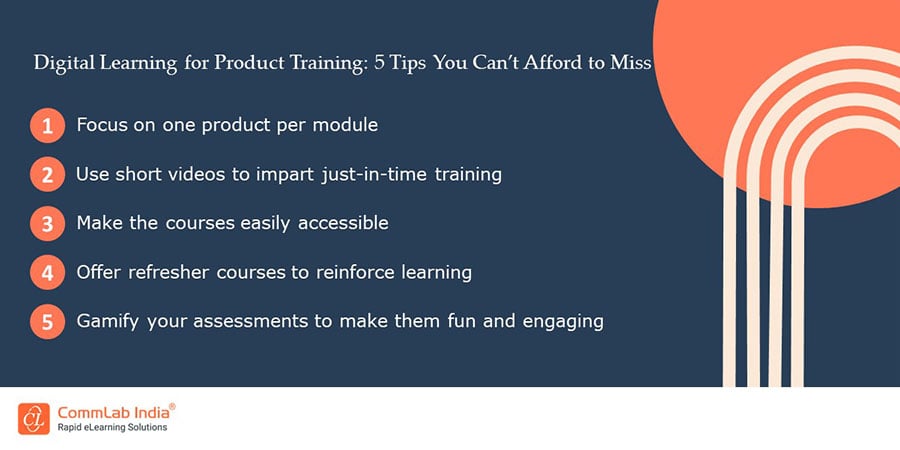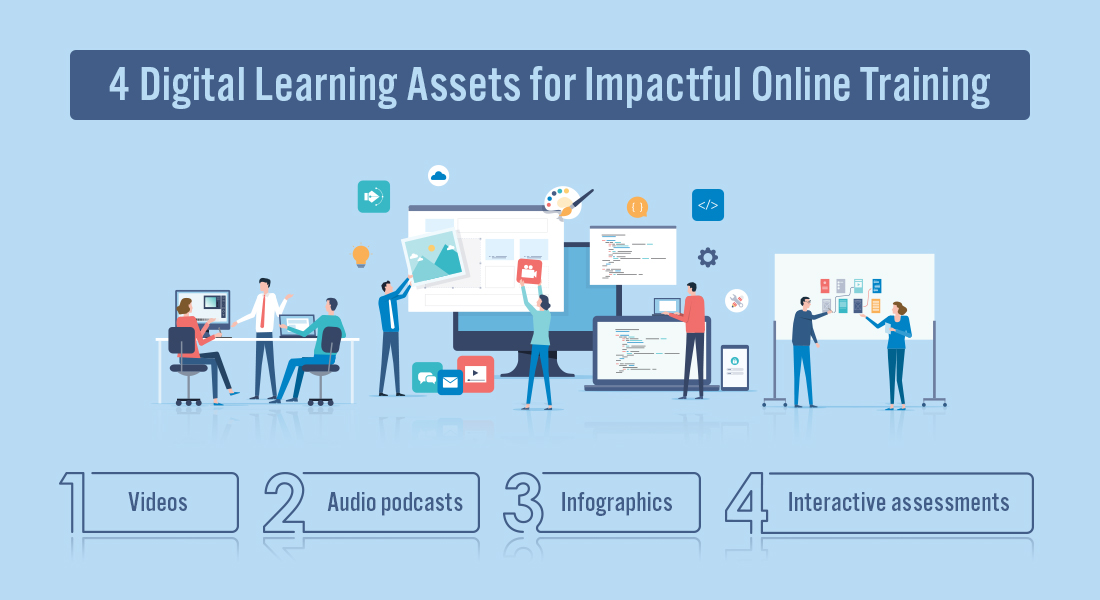Digital Learning — How it Can Transform Your Product Training?

Innovation is the key to success and most organizations are embracing it with open arms. Result? You see new products and services dazzling around like never before. Well, launching a cool product is just half the job done. You need to keep your employees up-to-date with your new offers as well as the latest product updates in a timely fashion. Does it seem to be a daunting task apart from being a time-consuming and costly affair? Leave your worries behind as digital learning is here to your rescue! Read this blog to find out how digital learning can transform your product training.
Digital Learning Can Enliven Your Product Training!
Various digital learning formats that can help you impart effective training:
- Microlearning
- Virtual Instructor-led Training
- Guided Learning
- Scenario-based learning
Read on to explore how to use them in your product training.
Why Product Training is Crucial?
Let’s face facts! Product knowledge is the key to closing sales deals and providing high-quality customer service. A well-informed sales personnel brims with confidence and can convert your prospects to your customers seamlessly. Here’s why product training is important:
- To acquaint your employees with comprehensive knowledge of product features and functionalities to sell better and answer customer queries.
- To provide your service technicians with a thorough understanding of the working of your products.
- To cement customer relationships, build brand reputation, and win a competitive edge over other market players.
Why Digital Learning is the Way to Level Up Your Product Training?
Technology and automation are the new cool in this fast-paced digital era. Corporate L&D also joins the bandwagon. Considering the global workforce for most organizations, it is difficult to train your employees via conventional training methods. New launches and existing product updates are becoming a regular affair for enterprises. This fuels the need for continual training. In such a scenario, digital learning is your savior!
Not only it is the best way to reach your globally dispersed workforce but also is a cost-effective and highly effective way to streamline product training. Most of the consumers of your product training are on-the-move sales reps and service technicians. Conventional training formats are not viable to train a dynamic workforce. Digital learning is the way to go ahead with effective product training.

Engaging Digital Learning Formats That Can Enliven Your Product Training
The world is going digital and corporate training is not an exception. Digital learning falls under the bigger umbrella of online learning and can be best defined as any type of learning that leverages digital tools and technologies. Let’s see what are the various digital learning formats that enliven your product training.
1.Microlearning — Offer Bite-Sized Nuggets for Just-in-Time Learning
Product training is not a one-time affair. As we tend to forget most of our learning within a week, reiteration plays a key role to help your employees remember the features and functionalities of your wide range of product offerings. Moreover, considering the learning preferences of modern learners, especially Gen Zers, microlearning is one of the preferred formats to impart product training.
Short bite-sized microlearning videos can be used to demonstrate the key features and benefits of your products and also the way the products operate. Your on-the-move sales reps and service technicians will find it extremely handy as they can refer to them at the moment of need. Microlearning courses are easy to update and that makes it ideal to inform learners on additional features or benefits of a product.
→ Shop Now: Blended Learning: A Guide to Boost Employee Performance [eBook]
2. Virtual Instructor-led Training (VILT) — Foster Collaborative Learning Virtually
Your sales force is mostly scattered, and it is difficult for them to gather for a classroom training session. Certain crucial concepts about the build of the product or its operations are best taught by a subject matter expert (SME). VILT can help you break geographical barriers and bridge the gap as it combines the essence of classroom training with technology and offers your learners the benefits of a classroom.
VILT is delivered via a digital platform like Zoom or Microsoft Teams. It allows your learners to actively participate in the session and provides them a scope to clear their doubts with the instructor. Features of VILT like breakout rooms, whiteboards, and live chat forums facilitate collaborative learning among the participants.

3. Guided Learning — Let Avatars Unfold the Magic
Have you recently hired a bunch of freshers to expand your sales team? Are you looking for effective ways to charge them with exhaustive product knowledge? Well, guided learning can be highly effective. Guided learning uses characters or avatars to guide learners through an eLearning course. You can use these learning agents to personify the senior sales manager or an SME and provide necessary handholding to your learners throughout the course.
The avatar can take your freshly hired sales reps on a tour to offer them an overview of your existing product line and explain the bestselling products in detail. This will be an interesting way to help the new recruits learn about the products rather than burdening them with fat product manuals
4. Scenario-Based Learning — Unleash the Power of Real-Life Scenarios
Remember the hare and tortoise story that taught us slow and steady wins the race? And what about that role-play that you enacted in your school to convey the importance of road safety?
Well, stories and scenarios help learners connect emotionally to the content and this leads to longer retention of the subject learned. Scenarios involve learners in the given situation and create an environment that pushes learners to think and decide. Scenario-based learning is an effective learning strategy that mimics real-life work situations and offers learners an opportunity to practice in a risk-free environment without the fear of failure.
You can help your sales team and the customer service executives with real-life scenarios to provide them the opportunity to handle customer queries and difficult objections. You can also check your learners’ understanding of various products by offering them scenarios, where they need to decide which product to offer based on the customer needs discussed in the scenario. This learning strategy can be extremely helpful to hone your learners’ critical thinking, problem-solving, and decision-making skills and close sale deals or solve customer queries in a jiffy.
Watch this video to enrich your product training with blended learning.
Digital Learning — The Future of Product Training
The world seems to shrink faster, thanks to technology and digitalization. In this era of innovation, with new products coming into play almost every day, digital learning is surely the future of product training. To make sure your globally scattered workforce gets access to undisrupted product training try the various formats discussed in this blog to maximize sales, outperform your competitors, and boost your business ROI. You can even try to blend the above formats as per your training needs to boost employee performance.
Blended learning can be the best bet when it comes to offering an immersive learning experience and boosting employee performance. Refer to this eBook for deeper insights. Shop Now!


![VILT — Digital Classroom to Boost Collaborative Learning [Infographic]](https://no-cache.hubspot.com/cta/default/59327/431165f8-6a4e-47bc-9fee-29a26ba26205.png)


